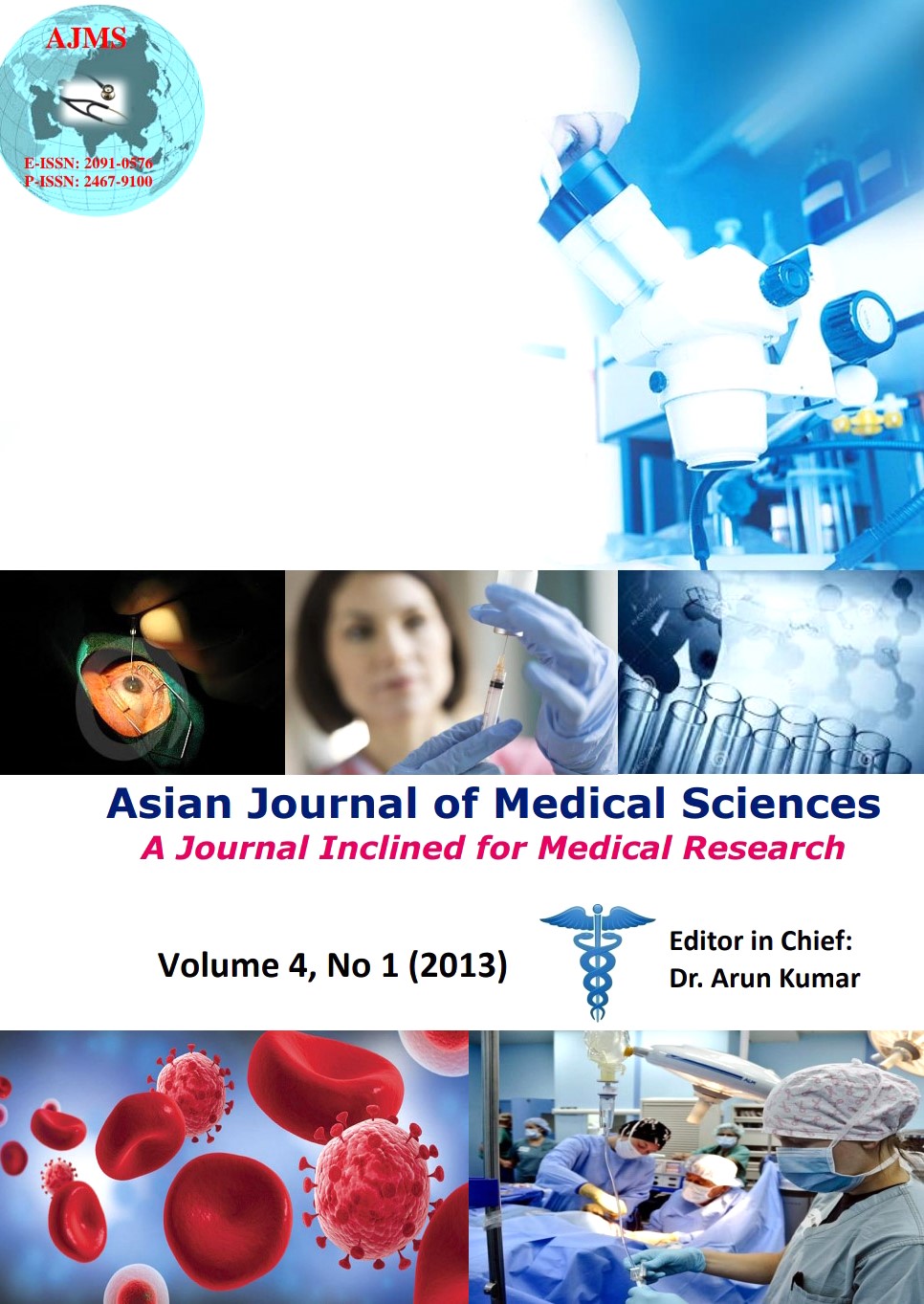Visual Disability: Causes and Implications on Patients’ Daily Living
Keywords:
Daily living, economy, mental health, visual disability, visual rehabilitationAbstract
Objective: To determine the causes and implications of visual disability (VD) on patients’ daily living.
Methods: A cross section survey of 130 visually disabled (vd) Nigerians on visually related basic life activities, psychology and emotion in 2008. Both structured interview and relevant clinical examination were conducted for the vd to gather the necessary information.
Results: VD was due mainly to cataract (82, 63.1%) and glaucoma (29, 22.3%). At least 78% of the causes of the VD were avoidable (treatable, curable). VD reduced/eliminated available manpower/workforce and increased the number of dependants. The most severely affected activities included driving, reading, threading a needle, but most vd could still cope with feeding and wearing of clothes. The activities missed most by the participants were appreciation of the beauty of nature, people/object recognition and reading. There was an association between the activities missed most and the vd levels of education (P=0.001) but not with gender (P=0.406). Most participants (85%) expressed sadness over VD and reported sadness had an association with educational levels (P=0.042) but not with gender (P=0.167). Though (97.7%) thought life was meaningless due to VD, all (100%) had hope in regaining normal vision. Most participants (82.3%) expressed sadness over dependence on the sighted for basic visual demanding tasks.
Conclusion: Both cataract and glaucoma are leading causes of visual disability. Visual Disability diminishes quality of daily living and has economic, psychosocial and emotional implications. Renewed efforts towards preventing avoidable blindness and rehabilitating irreversibly blind will reduce the burden of vd.
DOI: http://dx.doi.org/10.3126/ajms.v4i1.6842
Asian Journal of Medical Sciences 4(2013) 21-29
Downloads
Downloads
Additional Files
Published
How to Cite
Issue
Section
License
Authors who publish with this journal agree to the following terms:
- The journal holds copyright and publishes the work under a Creative Commons CC-BY-NC license that permits use, distribution and reprduction in any medium, provided the original work is properly cited and is not used for commercial purposes. The journal should be recognised as the original publisher of this work.
- Authors are able to enter into separate, additional contractual arrangements for the non-exclusive distribution of the journal's published version of the work (e.g., post it to an institutional repository or publish it in a book), with an acknowledgement of its initial publication in this journal.
- Authors are permitted and encouraged to post their work online (e.g., in institutional repositories or on their website) prior to and during the submission process, as it can lead to productive exchanges, as well as earlier and greater citation of published work (See The Effect of Open Access).




